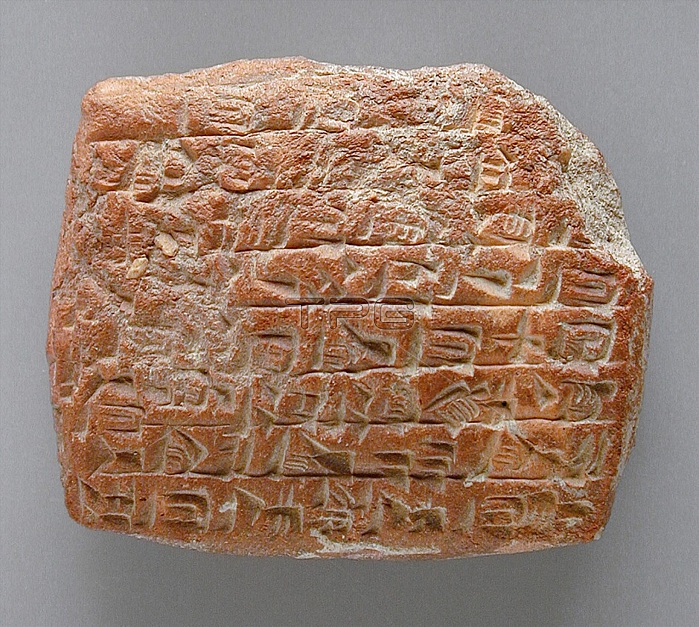
Clay tablet with cuneiform inscription from Anatolia, circa 1875 - 1840 BC. Cuneiform documents were written on clay tablets, by means of a blunt reed for a stylus. The impressions left by the stylus were wedge shaped, thus giving rise to the name cuneiform "wedge shaped", from the Latin cuneus "wedge". Cuneiform script is one of the earliest known systems of writing. Emerging in Sumer in the late 4th millennium BC, cuneiform writing began as a system of pictographs. In the third millennium, the pictorial representations became simplified and more abstract as the number of characters in use grew smaller, from about 1,000 in the Early Bronze Age to about 400 in Late Bronze Age (Hittite cuneiform). Anatolia denotes the westernmost protrusion of Asia, comprising the majority of the Republic of Turkey. Anatolia has been inhabited by many peoples throughout history; Hattians, Hurrians, Hittites, Luwians, Phrygians, Lydians, Persians, Greeks, Assyrians, Mitanni, Scythians, Cimmerians, Urartians, Carians, Commagene, Cilicians, Arameans, Kaskians, Mushki, Palaic, Corduene, Armenians, Romans, Colchians, Iberians, Georgians, Kurds, Laz, Zazas, Hamshenis, Sephardi Jews, Crimean Tatars, Karachays, Roma people, Circassians, Azerbaijanis, Seljuk Turks, Ottoman Turks and today predominantly modern Turkish people. Each culture left behind unique artifacts, still being uncovered by archeologists.
| px | px | dpi | = | cm | x | cm | = | MB |
Details
Creative#:
TOP22141995
Source:
達志影像
Authorization Type:
RM
Release Information:
須由TPG 完整授權
Model Release:
N/A
Property Release:
No
Right to Privacy:
No
Same folder images:

 Loading
Loading